Reinvigorating Non-Fiction – part 4 of a 2 year journey
Non-fiction has been a bit of a hot topic in school library discussions in recent months and for good reason. On one hand we are embracing genrefication and challenging the status quo of using problematic library layout systems and on the other hand school librarians are investigating the importance of non-fiction and its place in the school library.
I believe that a beautiful, vibrant non-fiction collection is vital for all school libraries for students of all ages.
The reinvigoration of my non-fiction collection in the secondary library was never meant to take 2 years. But, due to moving the secondary library into a temporary location and delays in the opening of our new library space, the process has been delayed and drawn out a little more than planned. But here we are the end of term 3, 2023 and finally the new secondary school library space has been opened for students, the old non-fiction collection has been returned from offsite storage and our new non-fiction collection, with genrefied collections, new spine labels and signage for easy access, has been revealed to staff and students.
In post 1 of this series, I shared about how I started and what my plans were, in post 2 I shared how all those plans had to change and the benefits that had. In the third post, we finally moved into our space and got our non-fiction books on shelves.
Along with the newly genrefied collections, the majority of the non-fiction is now forward facing and the collections are scattered throughout the library with plants, photo frames, knitting materials, cute characters, Lego creations, nice book ends and anything else that will bring the collections to life and make the space beautiful. We’ve added extra signage to make collections easier to find, and reduced the need to have books in perfect decimal classification order, saving staff time and reducing barriers to student access.
Welcoming staff and students
At the start of Term 2, 2023 we finally opened our doors to staff and students. We had hosted tours at the end of term 1, but term 2 was when we could really operate properly and close up our temporary space. It was amazing to see students pick up and start reading non-fiction books right from the very first morning we were open. 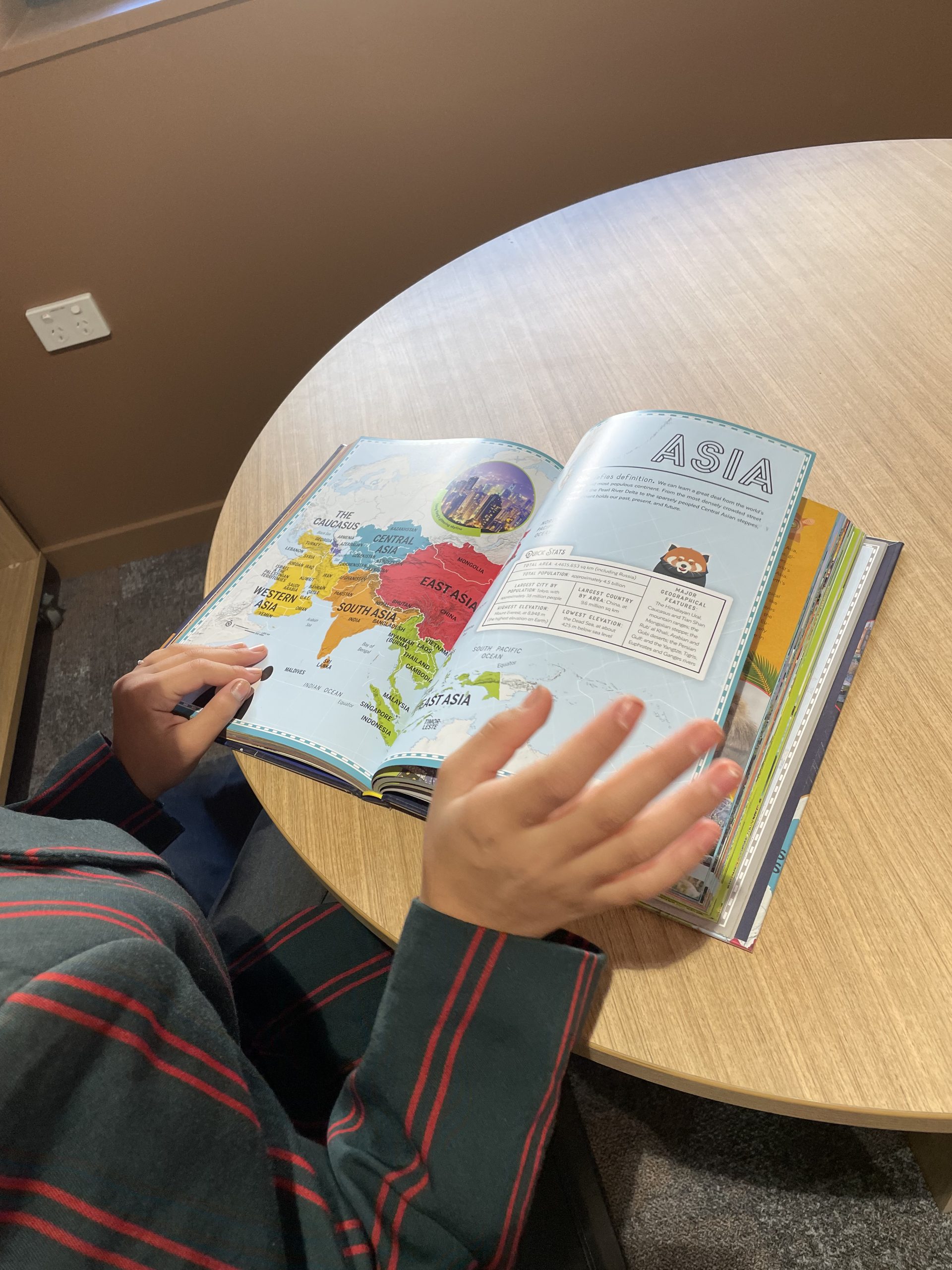
I ran orientation sessions for the Year 7, 8 and 9 students and resumed fortnightly library lessons for the Year 7 classes. Non-fiction was a big part of the orientation lessons as I wanted to make sure the students could find, access and be familiar with our new collections. I used the ActionBound Scavenger Hunt app to create QR code hunts for the students around the library, where they needed to find different collections, answer questions about the books they might find in each collection and complete little activities. I also made sure to book talk lots of our new non-fiction titles in the library lessons and we create a New Non-Fiction section for our new book display.
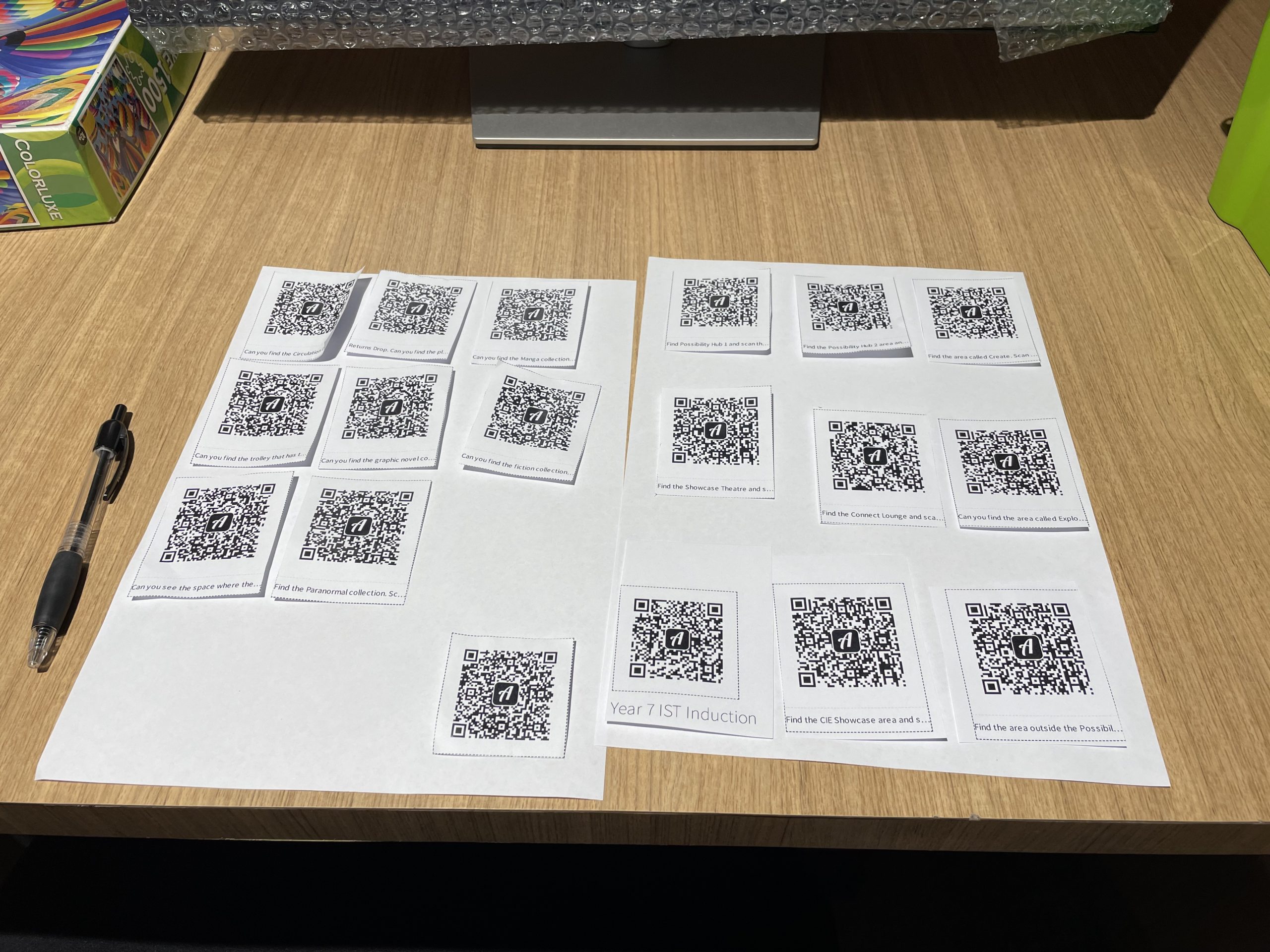
The numbers
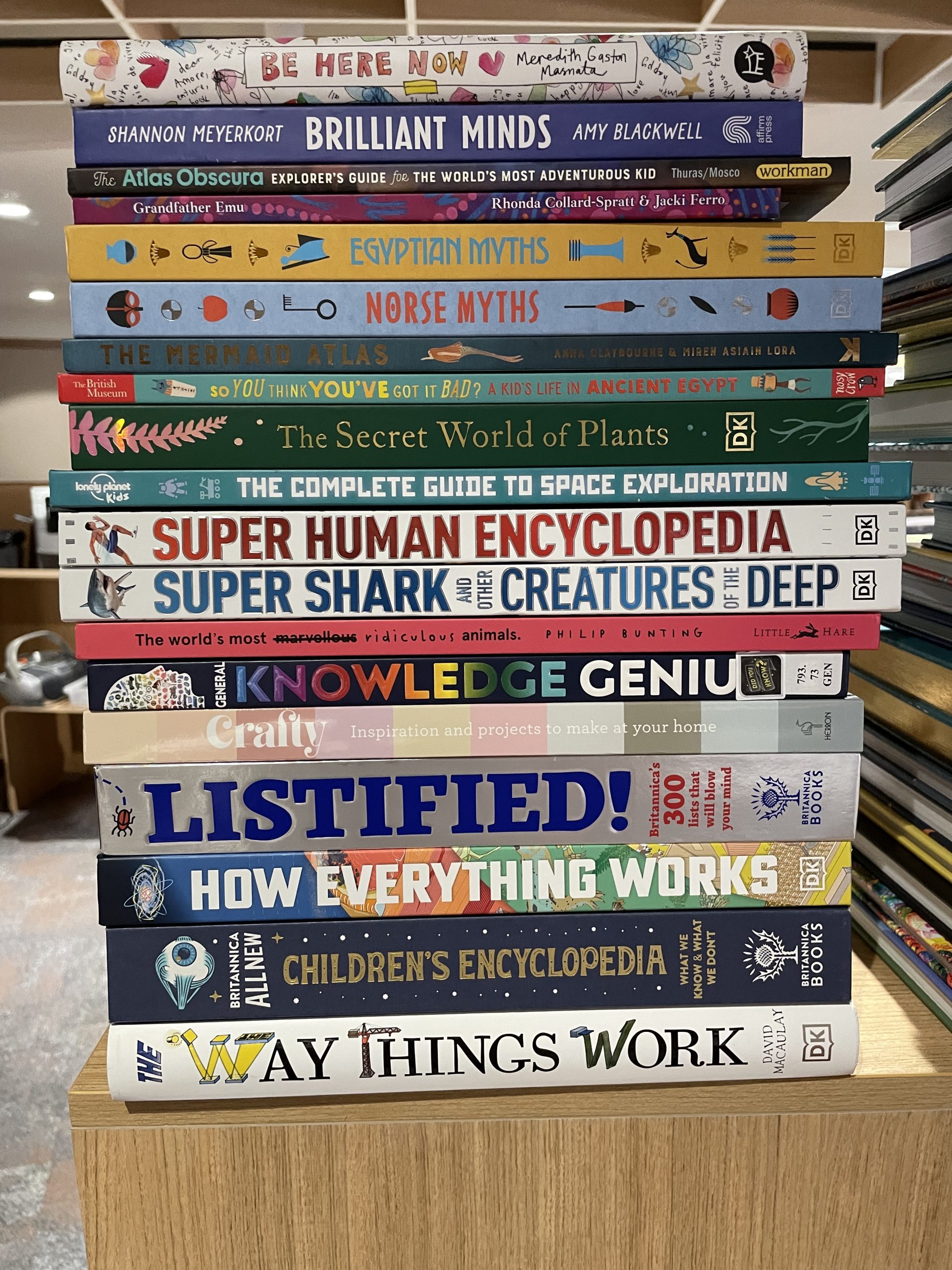
Looking back, we have added 947 new non-fiction titles over the last year and a half. This is a lot but we’ve done it really economically. Some have been student requests, but many more done as the result of targeted purchased. Some to build our of-interest collections. The sport collection, for example, really needed some new titles. Others were for curriculum use. I can’t meet the demand for all subjects, so I have started by just selecting a few. Our Health and Fitness collection really supports our HPE and Fitness Cert and I focused on the Humanities subjects for the latter part of the year. Each year I will focus on a new subject area to really bulk up what we can offer them. And the stats have rewarded us for our efforts. Loan statistics for the non-fiction collections this year are 307 for January to September 2023, compared to 187 in 2022. Considering the library and collections were inaccessible from January to April of 2023, I think this is pretty amazing. And just to compare, loan stats for non-fiction were only 98 for Jan – Sep 2021, 91 for 2020, and 95 for 2019. We are only just beginning to show people what we have and it’s only now that when a student asks for a book on, say basketball, that I can actually say, yes we have that. Now I need to promote, promote, promote our non-fiction collections.
Genrefying the old non-fiction collection
With the return of the old non-fiction collection and no longer being focused on moving in to the new building, I actually had time to start culling and genrefying the old non-fiction collection. My AmazingLibraryTech and I went through the collection, starting at the 700s and working backwards, pulling anything that was in good condition and fit within one of our new non fiction genrefied collections and throwing out the rest. My AmazingLibraryTech added new labels and recovered the books we were keeping, making them look new again, before changing their collection in the catalogue to represent their new genrefied home. As for the books in poor condition or no longer needed? Let me tell you, we were ruthless. Mould – bin. Outdated information – bin. Problematic representation – bin. Anything that didn’t fit my criteria of vibrant, beautiful, relevant non-fiction was met with a cruel but needed fate. And who knew, we actually had some decent non-fiction hidden in amongst that mess. Non-fiction that is now genrefied, easy to access, and something that you’d be okay touching without gloves and a dust mask.

We also had to create a new collection, Activism and I renamed Myths and Legends to Myths and Knowledge Stories to better represent the correct language of the Dreaming stories we have in that section.
Most of what I’ve been talking about above relates to the no pen fiction of 000-799. The 800s and 900s needed a different approach. I know I have staff in those teaching areas (literature and history) who do love an old book and I get it. Some of these books you can’t replace or have information (like poems by an old Aussie poet) that you might need but can’t get else where. I knew I didn’t have enough room on the main library floor area to store or displays these and I really didn’t need to, as mostly they are requested by staff or students once a year when that topic comes up. I did still want to genrefy though, to make it a lot easier to find and pull books or collections when needed. So we created some more genrefied collections, but these would stay out the back. They are also much more specific and relate to a specific subject and unit of work. We have started with the topics from Term 3 and we will work through they over the next year. Some of the collections we added are History – Cold War and History -WWII. For these, we are printing our own coloured spine labels as we will need a wide variety of colours.
History Incursions and Classes
Now with fabulous non-fiction resources to offer our staff and students, we are seeing the return of classes to the library for research sessions. I acutally had a group of Year 12 students smelling the new books and exclaiming over how nice they were. A big difference from the old, mouldy books they wouldn’t event touch (I don’t blame them!!). We also ran a History incursion in our space. Along with multimedia projections, digital sources and museum loans, our new non-fiction titles took pride of place. A great way to show staff and students the books we have and get them into the students’ hands.

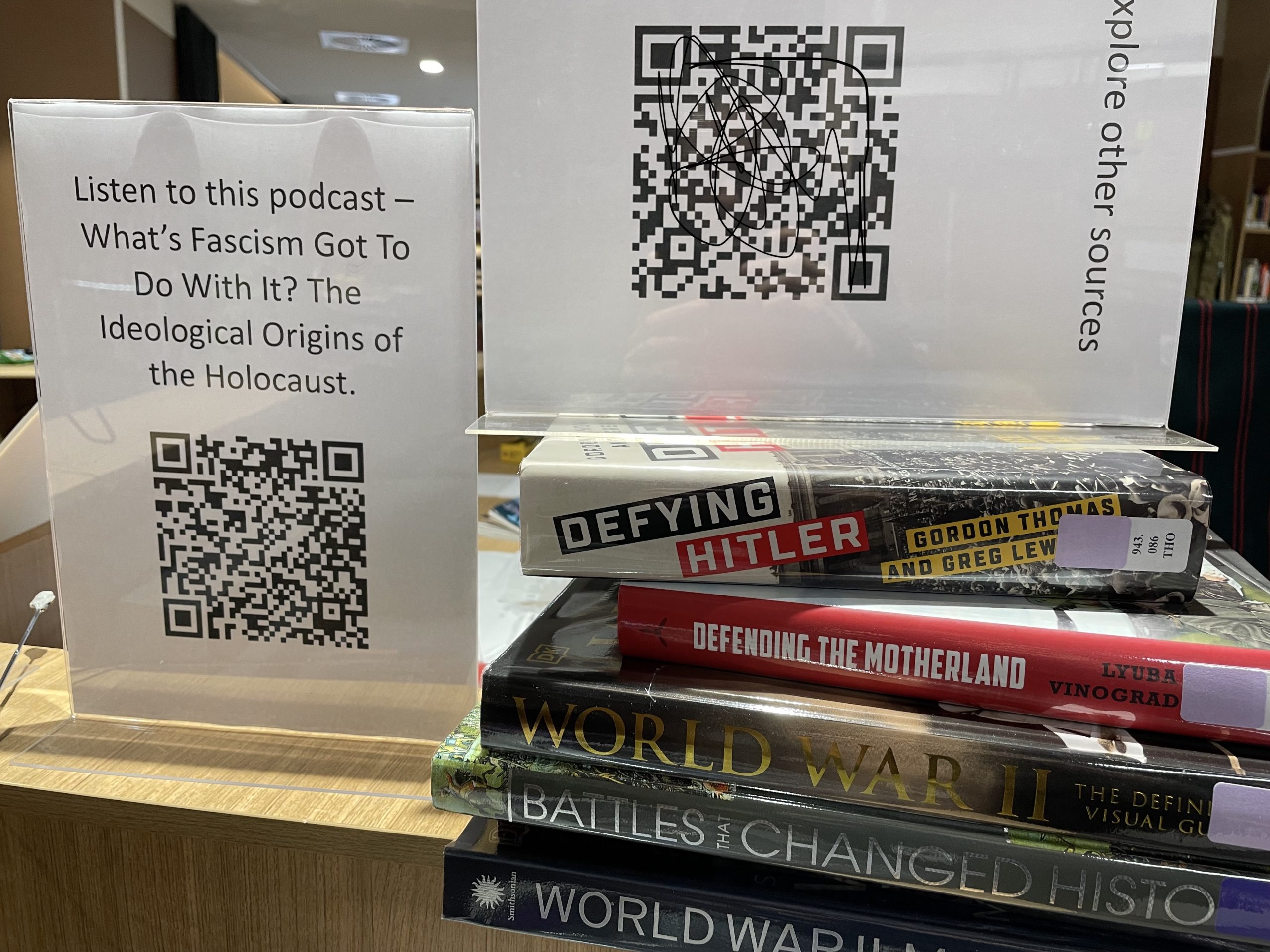
Changes and shelving adjustment
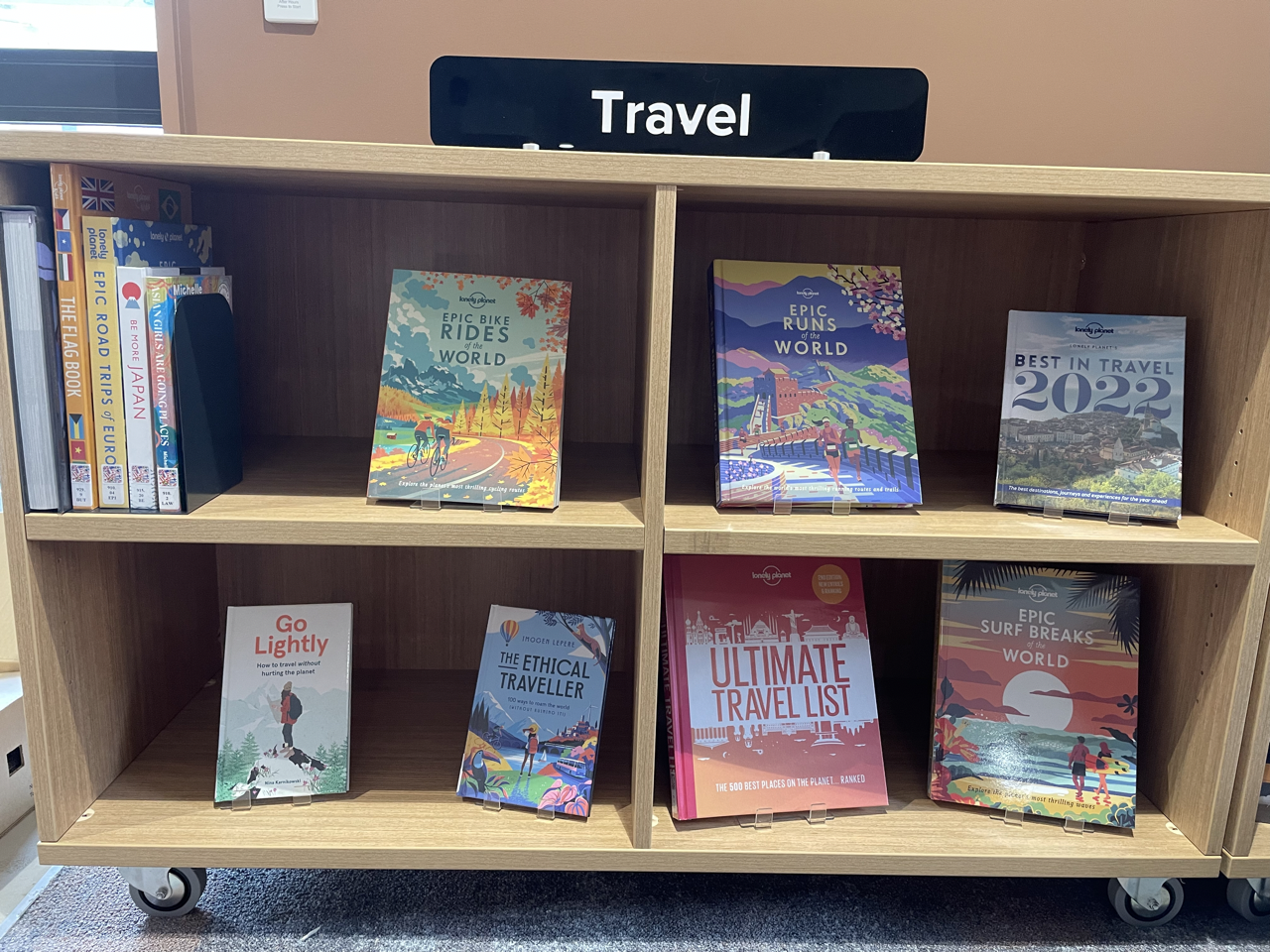
From this

To this.

To this.
We also had the opportunity to tweak our shelving a little bit, move things around and add some taller shelving. I’m so grateful to our principal for his support of this, allowing me to redesign the space to better suit our needs. We have reused some of the short shelves elsewhere in the building and have added a lot more tall, fixed shelving. Fixed is obviously not ideal, but the small space we have means we need to make use of all available wall space. The taller shelves are so much better for our high school students, our backs when reshelving and for actually being able to see our beautiful non-fiction books. I have also moved some of the collections around, so that they feature more prominently in walkways and visible areas. The result is so much better than what we had. We’ll continue to tweak, but it feels so much better. That meant I needed to adjust the signage and we’ve also been able to connect with different departments to add props and promotional materials to our shelving areas.

What’s next in our journey of reinvigorating non-fiction? We still have quite a bit of old non-fiction in the 800s and 900s to deal with, creating new sub-collections as we go and updating the resources in each new collection. It’s also time to really focus on promoting our collections.

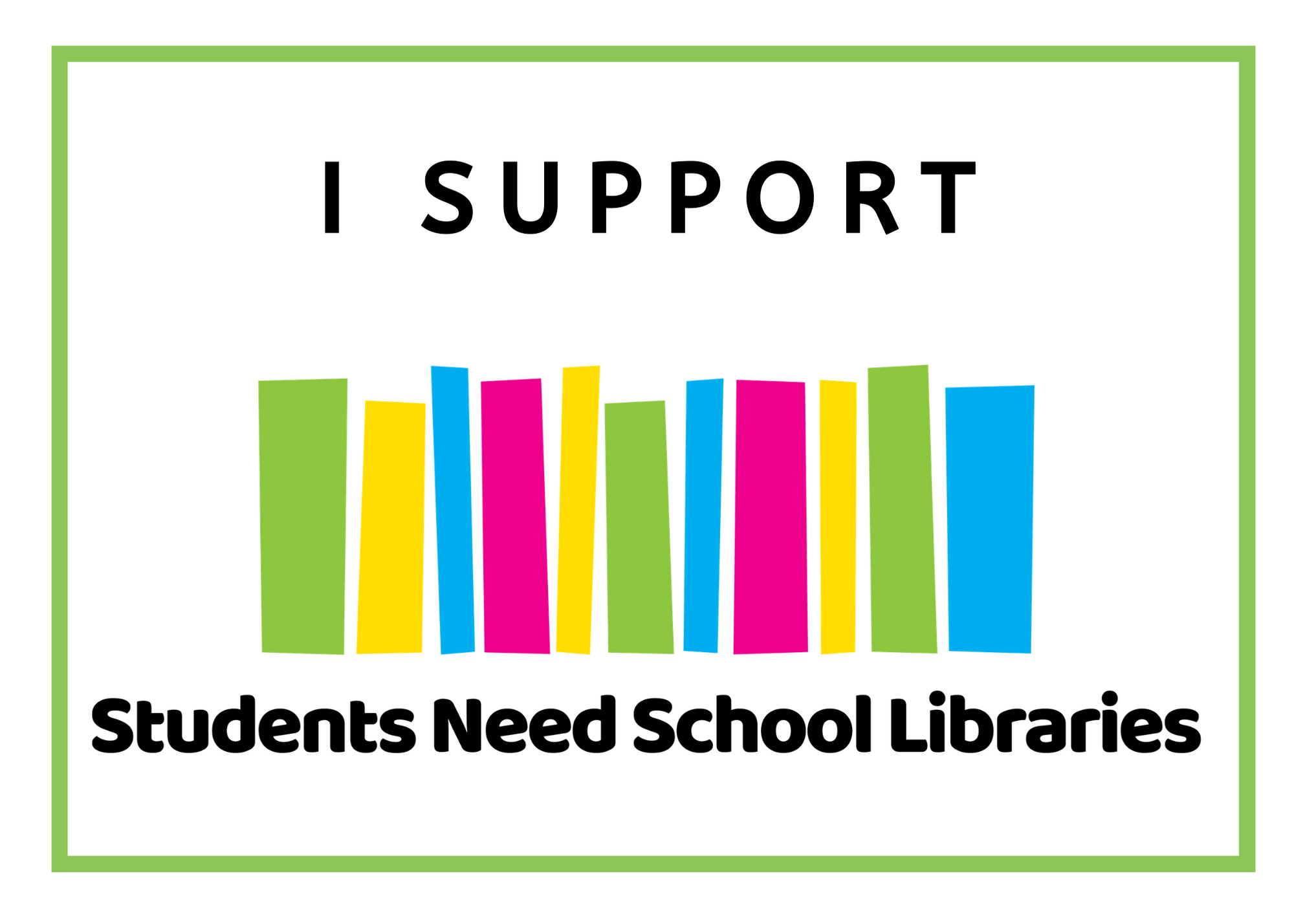

Wonderful to read about your process and that your genrefied non-fiction is being appreciated. Your new space looks wonderful!
Thank you. It’s a work in process but it is great to see staff and students enjoying the space and collections.